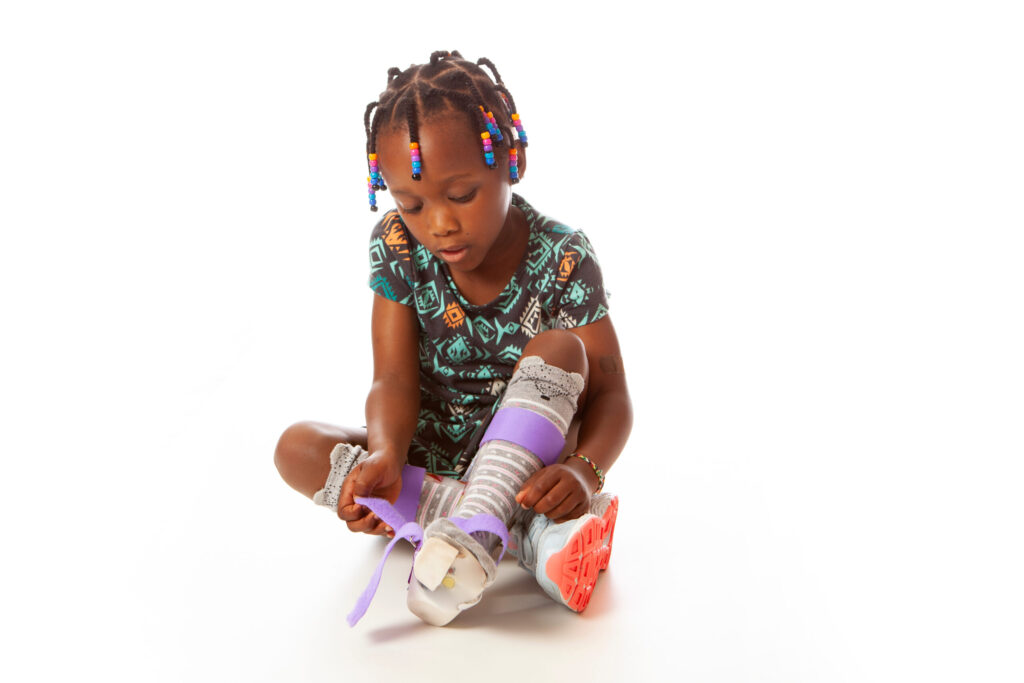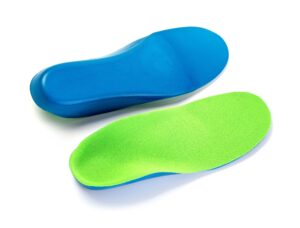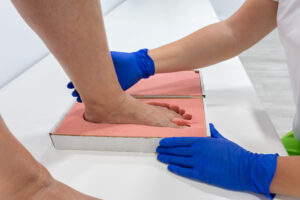Have you ever noticed your child is walking on their toes, has flat feet, or maybe is walking on the outsides of their feet? Are they starting to vocalize pain in the feet, knees, and hips? If so, orthotics may be able to help. Orthotics are an external device that help with the alignment of joints (typically in the feet). They can range in size and cost depending on where a kid needs extra support. Orthotics can be something as small as a shoe insert or stretch up all the way to the hip if needed. For purposes of this blog, we will discuss the most common types seen in the physical therapy clinic–over the counter inserts (OTC inserts), UCBs, SMOs, and AFOs.
OTC inserts are the easiest accessible option as they don’t require a prescription from a doctor. They vary in price range and also the amount of support needed. Common brands include Dr. Scholls, Power Step, and SuperFeet. Talk to your doctor or physical therapist about what fit would be right for your child!
All the other orthotics mentioned in this blog (UCBs, SMOs, and AFOs) will require a prescription from your PCP in order to get them. Price will vary based on your insurance coverage. Each one will also require a trip to an orthotist office where molds will be taken of your child’s foot to help support individual alignment for best results.
UCBs are similar to shoe inserts as they replace the insoles in shoes. They are typically used with children who have foot pronation (flat feet with heel bone starting to fall outward).
SMOs are typically used when there is more ankle instability and weakness and the UCBs will not provide enough support. In some cases, SMOs can also be used to assist with decrease toe walking.
AFOs are prescribed for a number of reasons including poor ankle stability and strength that are too much for SMOs to help will or for some mild knee strength deficits. They can also be used in treatment of toe walking following serial casting or surgery to help maintain the range of motion achieved during these processes. They can be made from a variety of materials such as metal, carbon, plastic, etc. They can also have a solid design where the ankle cannot move when placed in the brace or a hinged design to allow for some movement at the ankle. Your doctor, physical therapist, or orthotist will be able to offer suggestions on what type would be best for your child.
**Note: a child’s arch is not fully developed until the ages of 6-7, so some flatness is expected.
Have questions about your child’s gross motor development? Give our office a call to learn more about how Physical Therapy can help!




